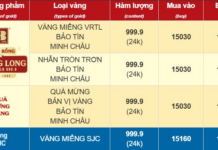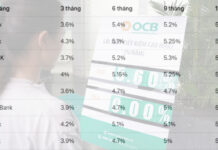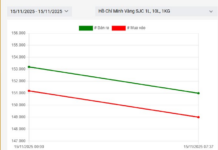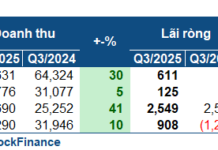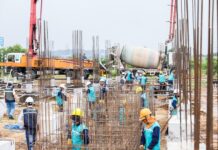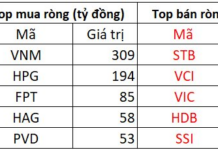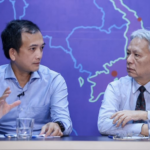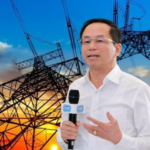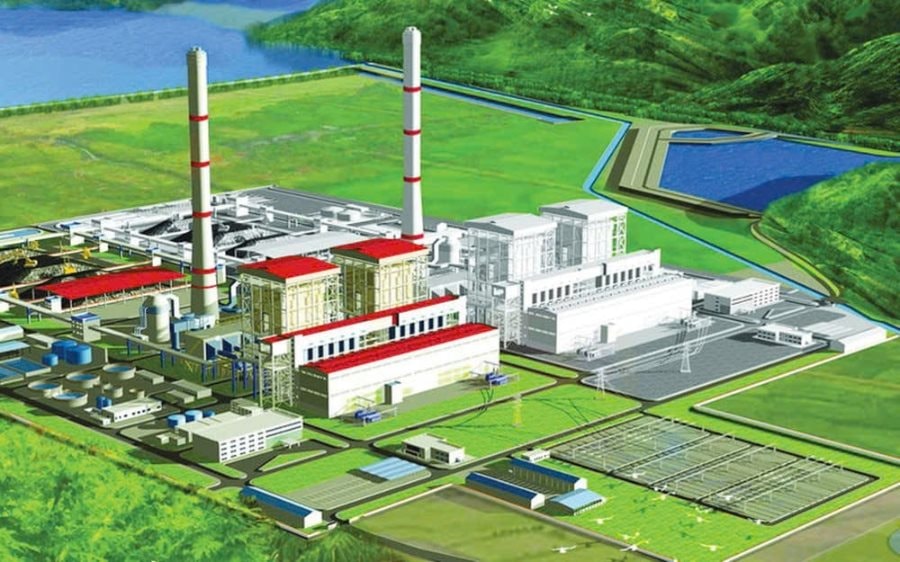
Panoramic view of the Quang Trach I Thermal Power Plant construction site. Photo: EVN
According to the latest updates, the Electricity Project Management Unit 2 (EVNPMB2), representing the investor EVN, is accelerating the finalization of the last bidding packages for the Quang Trach II LNG Thermal Power Plant project. With a total investment of over VND 52,490 billion (approximately USD 2.2 billion), the plant is designed with a capacity of 1,500 MW.
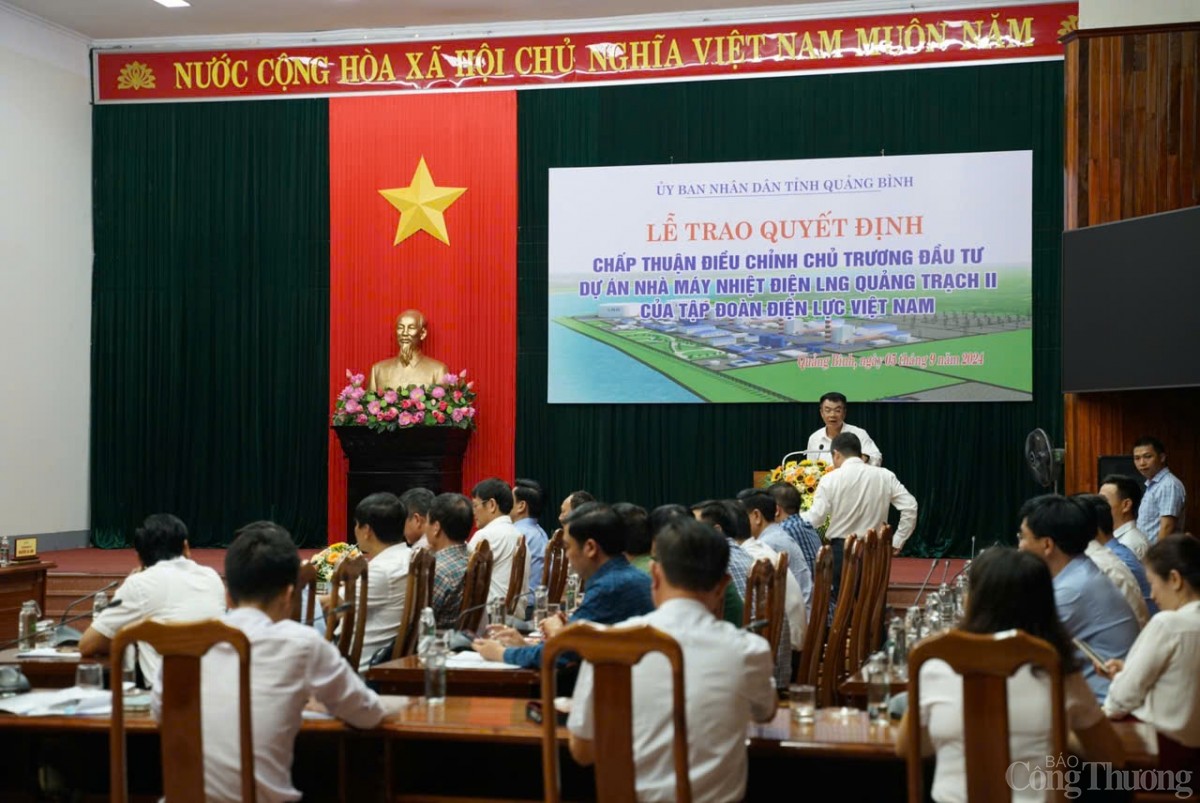
Ceremony for the Approval of Investment Policy Adjustment for the Quang Trach II LNG Thermal Power Plant Project
Initially approved in 2021, the project was originally planned as a coal-fired power plant. However, to align with the energy transition goals outlined in Resolution 55 and Power Development Plan VIII, the project has been adjusted to utilize liquefied natural gas (LNG) as its fuel source.
The plant’s configuration includes two combined-cycle gas turbine units, each with a capacity of 750 MW. Once operational, the project is expected to contribute approximately 9 billion kWh annually to the national grid, significantly enhancing energy security for the Central and Northern regions of Vietnam.
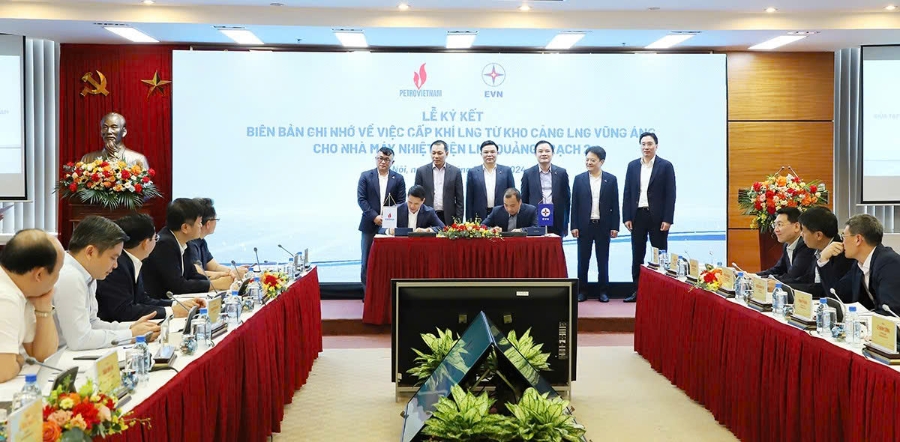
To ensure a stable fuel supply, a critical infrastructure component is a dedicated port capable of accommodating LNG vessels up to 100,000 DWT and storage tanks with a capacity of 250,000 m³. In October 2024, a Memorandum of Understanding (MoU) for LNG supply was signed between Vietnam Oil and Gas Group (PVN), Vietnam Gas Corporation (PV GAS), and EVN.
A Key Component of Power Development Plan VIII
The National Power Development Plan for the 2021-2030 period, with a vision to 2050 (Power Development Plan VIII), sets an ambitious target for gas-fired electricity. By 2030, the total capacity of LNG-fired power plants is expected to reach 22,400 MW, representing a significant share of the national power generation mix.
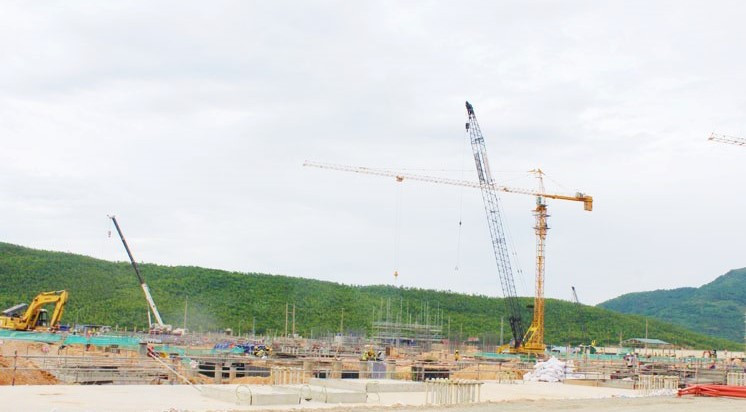
Construction site of the Quang Trach Power Center.
LNG power projects like Quang Trach II are identified as crucial baseload power sources, compensating for the intermittency of renewable energy (wind and solar) and gradually replacing inefficient or environmentally harmful coal-fired plants. EVN’s accelerated progress on this project underscores its commitment to achieving the goals of the Power Development Plan.
Electricity Pricing and Project Timeline Challenges
One of the most pressing concerns is the cost of electricity generated from LNG. According to Decision No. 1313/QĐ-BCT by the Ministry of Industry and Trade, the ceiling price for LNG-fired power plants in 2025 can reach VND 3,327.42/kWh (excluding VAT and distribution costs). This is significantly higher than traditional sources like hydropower or coal-fired power, posing financial challenges for EVN and potential impacts on retail electricity prices.
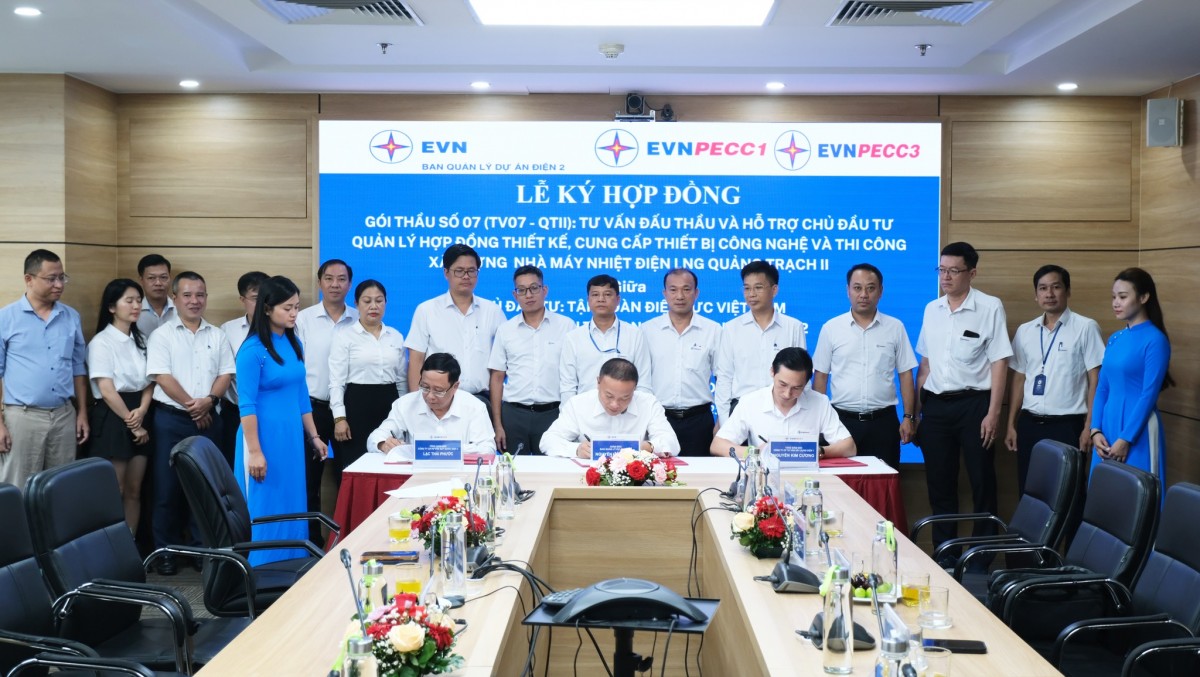
Representatives signing the contract for Package No. 07 (TV07-QTII) of the Quang Trach II LNG Thermal Power Plant project.
In terms of timeline, the project is entering its final stretch. Key consulting packages, including the feasibility study report (Package No. 06, valued at VND 41.6 billion) and bidding, EPC contract management (Package No. 07, valued at VND 192.3 billion), have been awarded to the PECC1 – PECC3 consortium.
According to the schedule, the bidding documents for the EPC package (Design – Procurement – Construction) will be issued in September 2025. The project is expected to break ground in December 2025, with Unit 1 scheduled for commercial operation in Q4/2028, followed by Unit 2 in Q1/2029, and full project completion by 2030.
The launch of major LNG projects, such as Vingroup’s in Hai Phong and EVN’s Quang Trach II, is driving a new wave of investment, reshaping Vietnam’s energy landscape toward a cleaner and more sustainable future. However, significant challenges remain, particularly in fuel supply chains and pricing mechanisms.
Prime Minister Pham Minh Chinh Launches $6.7 Billion Thermal Power Plant Project
On the evening of September 26th, Prime Minister Phạm Minh Chính, alongside other delegates, officially launched two major projects in Hai Phong: the infrastructure development of the Tan Trao Industrial Zone, valued at 4 trillion VND, and the LNG Thermal Power Plant, with a total investment of 178 trillion VND (approximately 6.74 billion USD).
A Call for Energy Sector Reform: Are There Alternatives to EVN’s Monopoly?
“Sooner or later, we must factor in accurate accounting for businesses’ electricity prices. EVN [Electricity of Vietnam] cannot shoulder the burden indefinitely,” emphasized Mr. Trinh Quoc Vu, Deputy Director of the Electricity and Renewable Energy Authority (Ministry of Industry and Trade).






